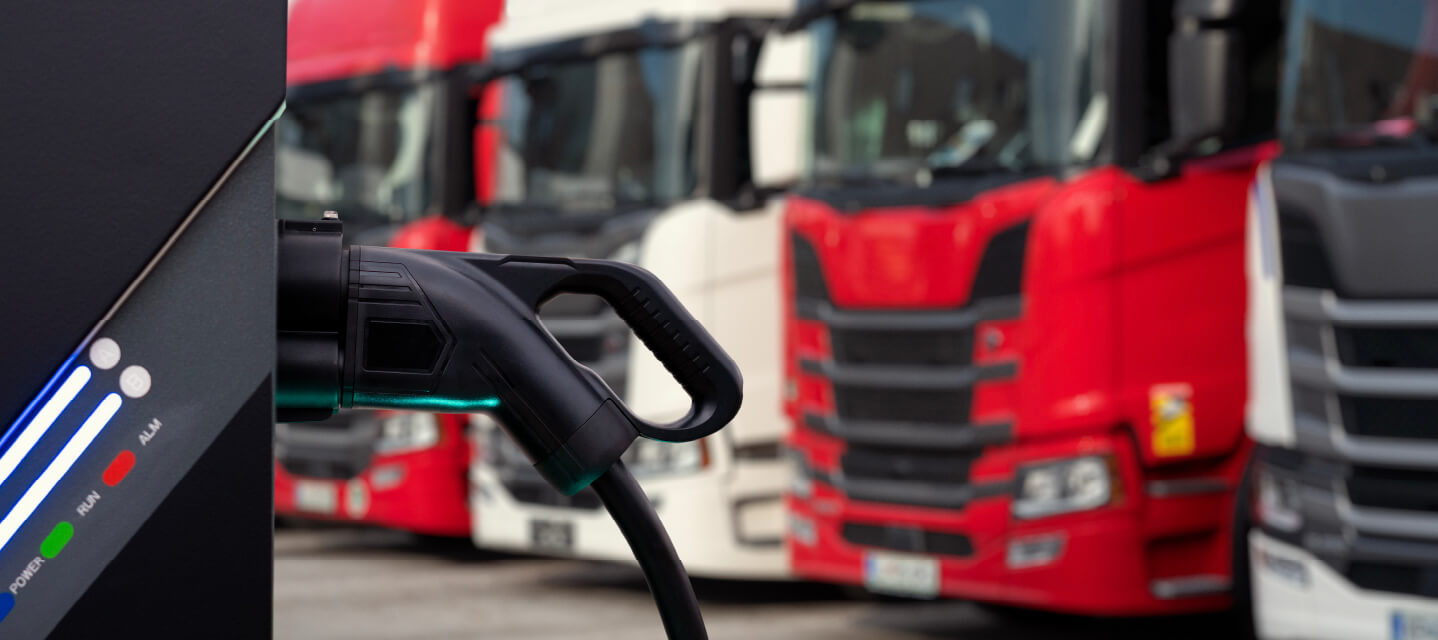The importance of connected vehicle insights for reporting on fleet carbon emissions
How scope 1, 2 and 3 carbon emissions relate to fleets, and how your telematics solution can enable you to report on and reduce your fleet’s carbon footprint.


Whether your business currently reports on its own carbon emissions, or its larger customers report on their supply chain emissions, you will soon be required to measure your fleet’s carbon footprint. Fleets worldwide increasingly need to quantify and report on the CO2 emissions from their operations, and then to create sustainability action plans to reduce their environmental impacts.
In this article, we look at how connected vehicle insights provided by the right fleet telematics provider can help you to measure, and then reduce your fleet’s carbon emissions.
The emissions that make up an organisational carbon footprint
An organisational carbon footprint is a sum of the greenhouse gas (GHG) emissions that it produces both directly and indirectly. Although there are a number of GHGs, the figure is normally expressed in tonnes of carbon dioxide equivalent (CO2e).
The GHG Protocol classifies a company's GHG emissions, otherwise known as its carbon footprint, into three 'scopes':
- Scope 1 emissions - those that are directly related to your own business activity, from company-owned and controlled resources, including the fuel used in company vehicles
- Scope 2 emissions - those related to the electricity, steam, heating and cooling that your organisation purchases, including the electricity used to power its electric vehicles (EVs)
- Scope 3 emissions - those that your organisation is indirectly responsible for, up and down the value chain. This is the greatest contributor of an organisation’s total carbon footprint and includes the CO2 produced by your suppliers’ fleets as they provide you with goods and services
Why businesses need to measure their carbon footprint
A growing number of organisations now have either a sustainability or corporate social responsibility (CSR) programme in place to reduce the environmental and social impacts associated with their operations. From an environmental perspective, the first thing that organisations must do is to determine the size of their carbon footprint.
Meanwhile, large organisations that trade publicly are subject to a set of standards that socially conscious investors use to screen potential investments. These standards qualify a company’s behaviour across environmental, social, and governance (ESG) criteria. From an environmental perspective, investors will consider how a company safeguards the environment, including what policies they have in place to reduce GHG emissions.
For smaller organisations, the drive to measure their carbon emissions often comes from external sources, in the form of supply chain and customer pressure. Larger organisations that report on their scope 3 emissions will require their suppliers to provide them with data on the carbon emissions associated with providing their goods or services.
The importance of the fleet’s emissions
Within most organisations, the fleet’s conventional vehicles are responsible for the greatest proportion of their scope 1 emissions, produced as a direct result of their own operations. And it's for this reason that regardless of the initial driving factor, the fleet will come under increasing pressure to accurately report on its carbon emissions and then to decarbonise operations.
How connected vehicle data supports fleet emissions reporting and decarbonisation
Sustainability and fleet managers need access to accurate vehicle data to report on the carbon emissions related to the fleet’s energy usage. Principally, this comes in the form of conventional vehicles burning either petrol or diesel fuel, but over time there will be a growing need to also report on the scope 2 emissions associated with EV electric energy consumption.
With Geotab, you can easily report on your fleet’s CO2 emissions from your conventional vehicles, and monitor efforts to improve fuel economy and reduce emissions. A simple dashboard in MyGeotab provides key metrics on fuel use, emissions, Electric Vehicle (EV) usage and driver behaviour, providing complete insight into the fleet’s cost and environmental performance over time, and identifying opportunities for improvement.
Since 85% of the factors affecting fuel economy are measurable and manageable with telematics software, the potential for improvement is considerable. Driver behaviour monitoring and training alone have been proven to reduce fuel consumption and associated emissions by as much as 10%.
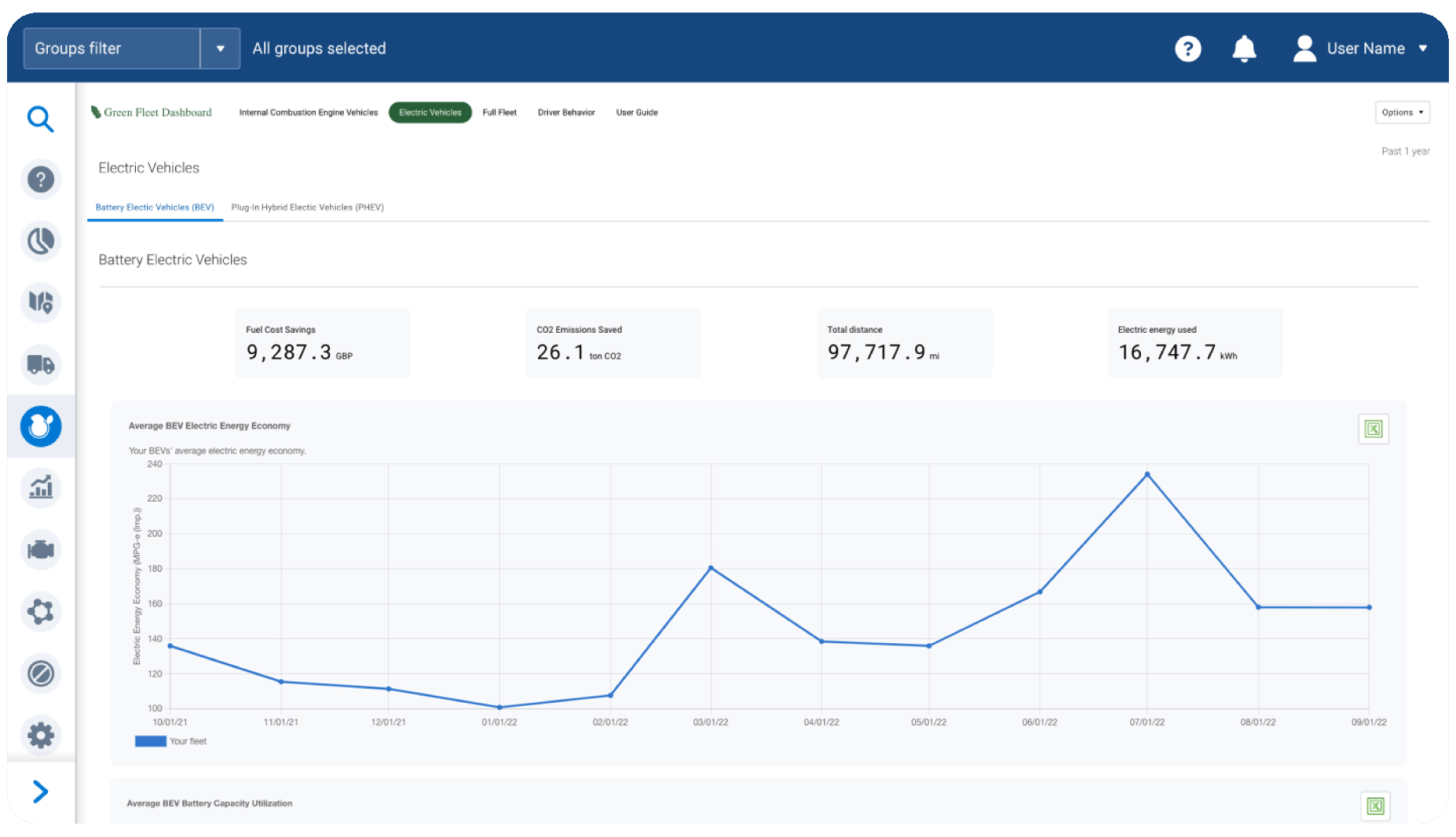
The benefits of decarbonisation
The last few years have seen a major shift in preference for companies with sustainable practices. Customers in 2022 are 25% more inclined to purchase from a company with sustainable products than they were in 2020, while investors indicate that they will pay a 10% premium for a company with a positive record for ESG issues. From the perspective of finding and keeping the best talent, two thirds of employees say that they are more likely to work for a company that has strong environmental policies.
Meanwhile, fleets that implement decarbonisation practices can expect to benefit from reduced fuel and maintenance costs, improved road safety with fewer at-fault collisions, and improved driver morale and staff retention.
Check out Geotab's corporate sustainability page to see the work we’re doing to minimise our own environmental footprint, and to learn how our real-world data insights are helping fleets to measure and reduce their emissions, while reducing costs.
And look out for the rest of our fleet carbon emissions blog series, which breaks down each of the carbon emissions scopes in turn and looks at how Geotab’s connected vehicle data can help fleet and sustainability managers to accurately report on these scopes, and then implement practical plans to decarbonise their operations.
Subscribe to the Geotab Blog

Associate Vice President, Sales and Business Development, UK & Ireland
Table of contents
Subscribe to the Geotab Blog
Related posts
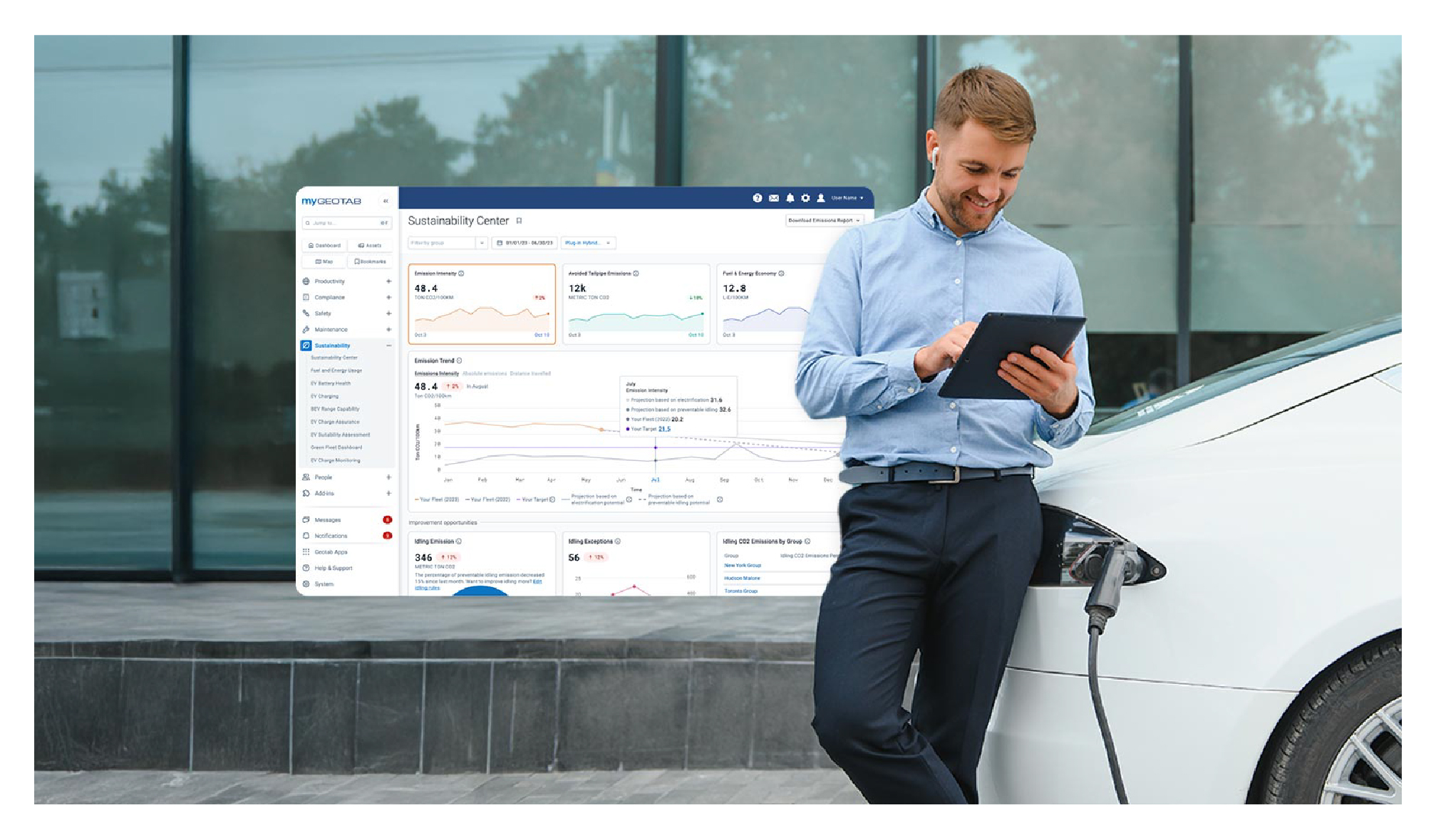
Geotab’s new fleet Sustainability Center simplifies fuel and emissions reduction
June 13, 2025
3 minute read
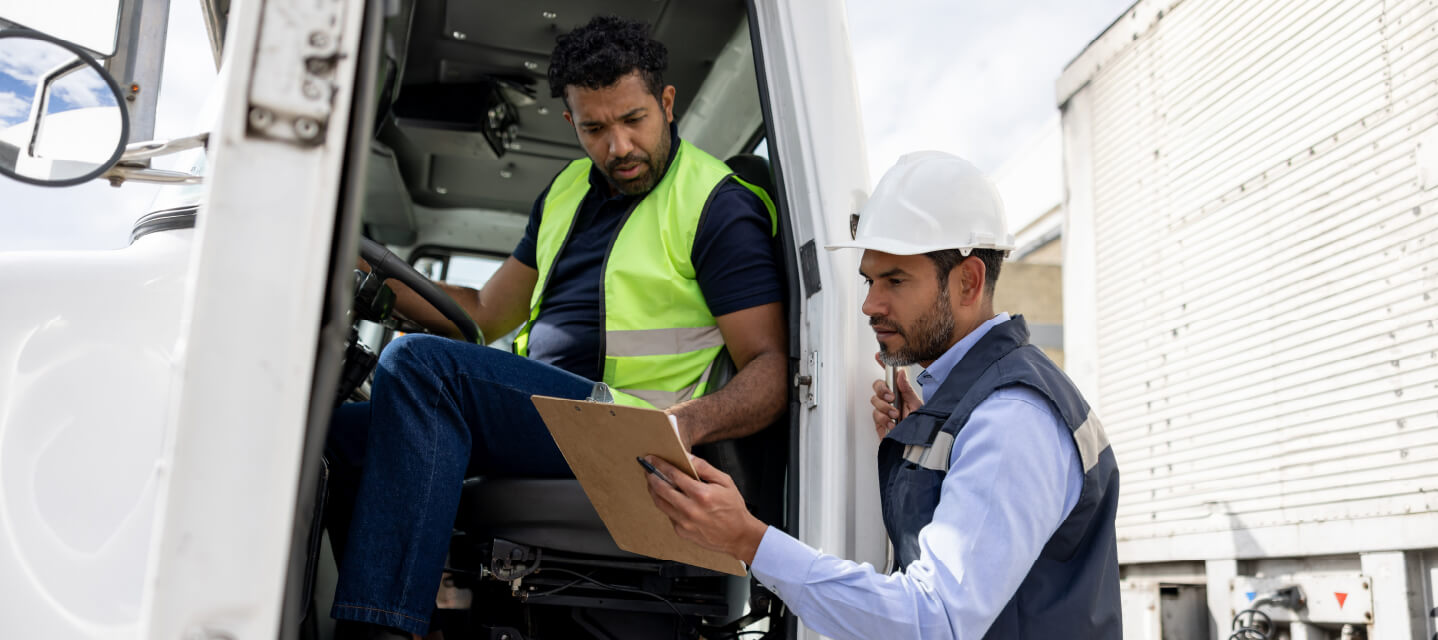
What Is fleet management? A complete guide for fleet managers
June 13, 2025
5 minute read

Minimizing downtimes in the LRM segment thanks to predictive maintenance
May 1, 2025
4 minute read

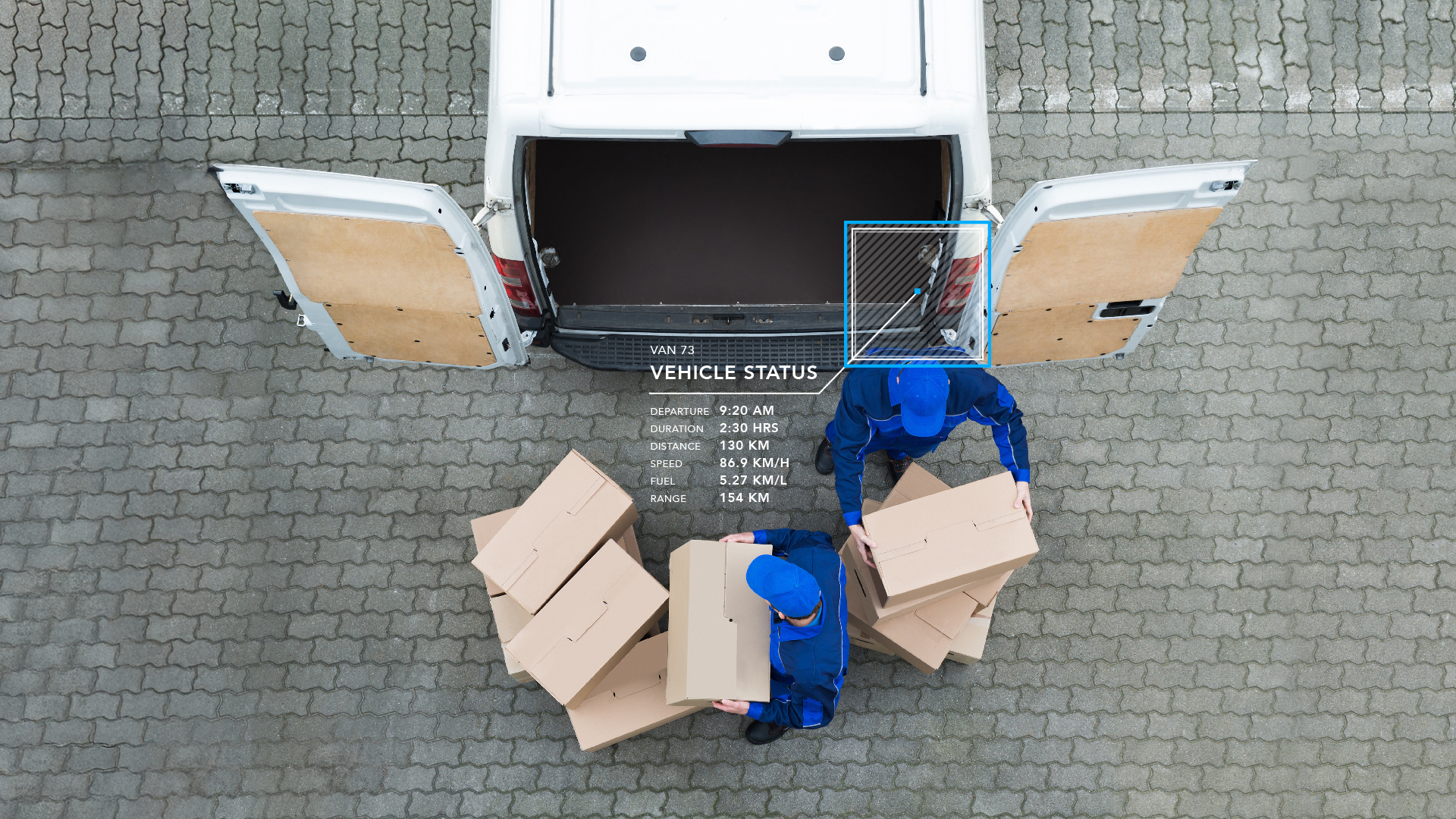
Strategic Implementation of Telematics for Optimising Last-Mile Delivery Operations
April 1, 2025
2 minute read

